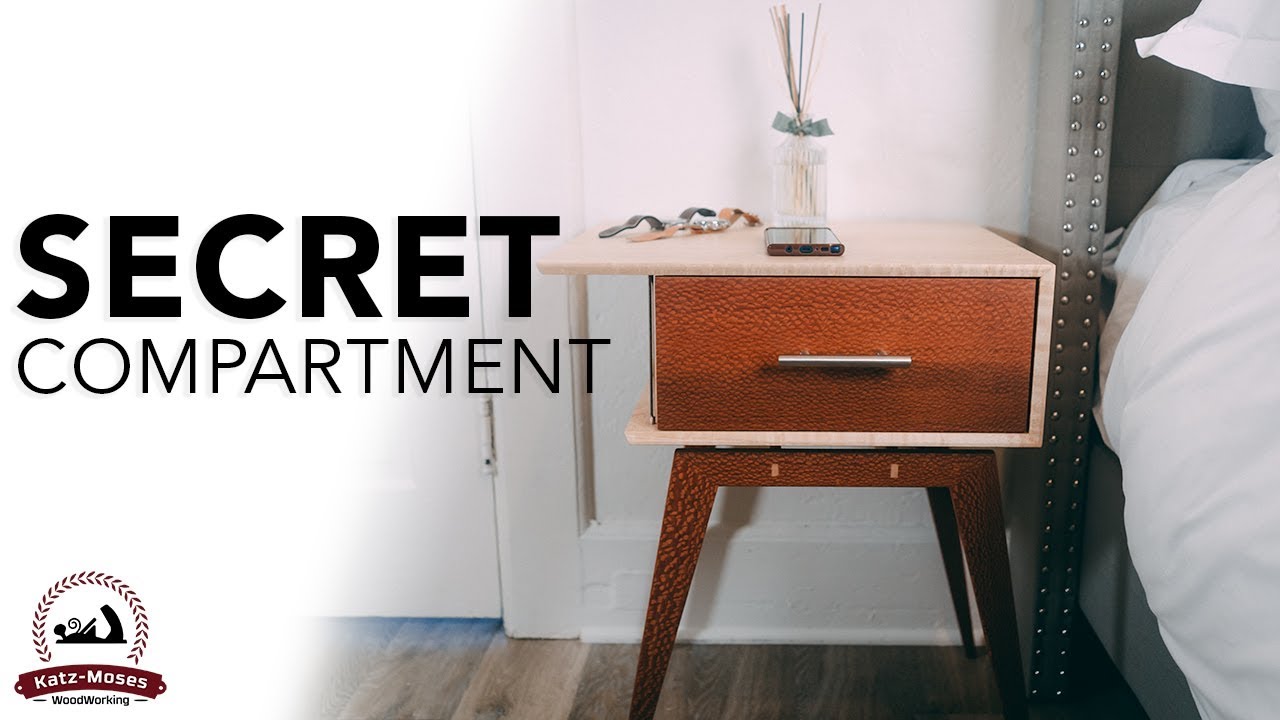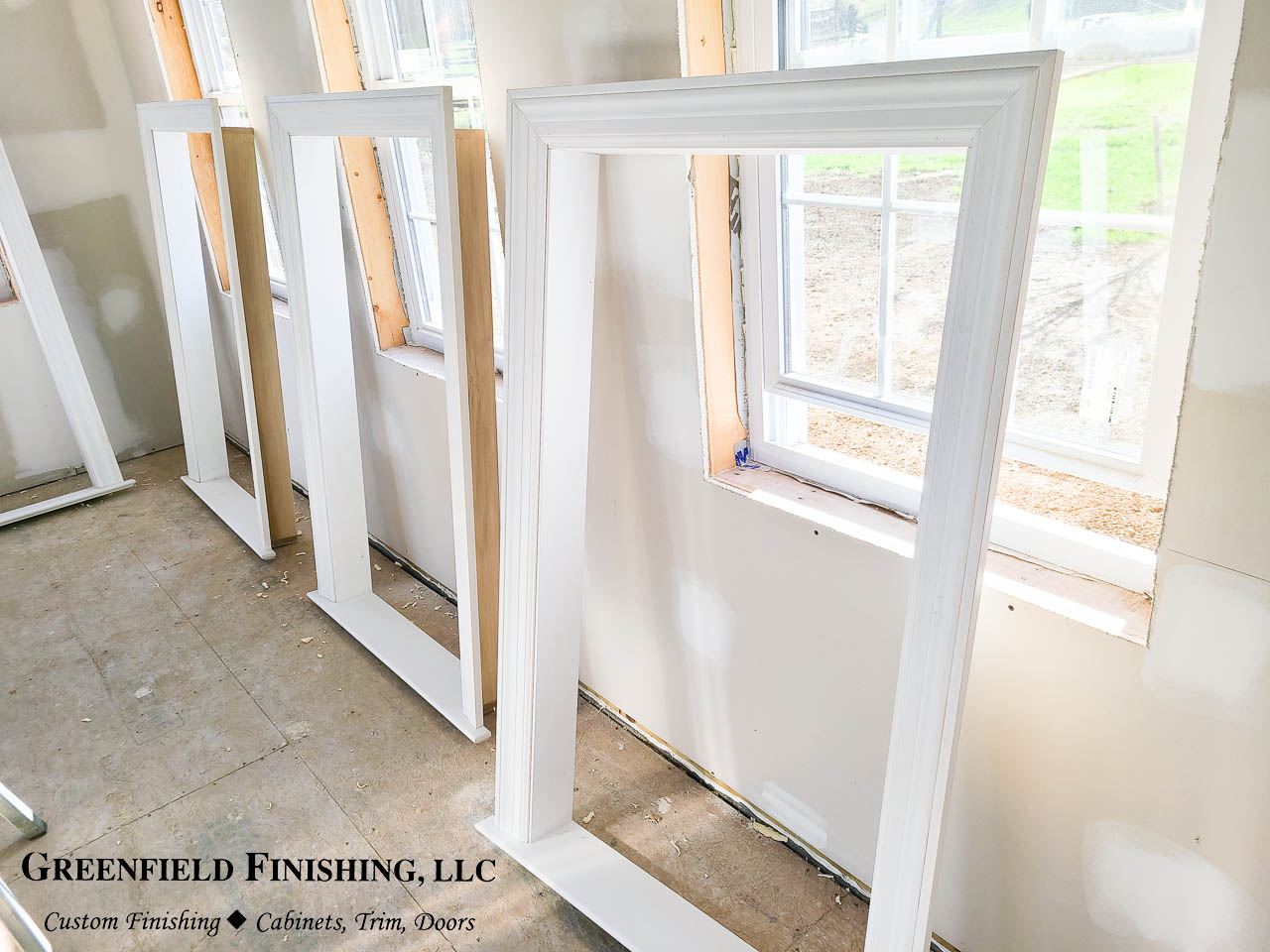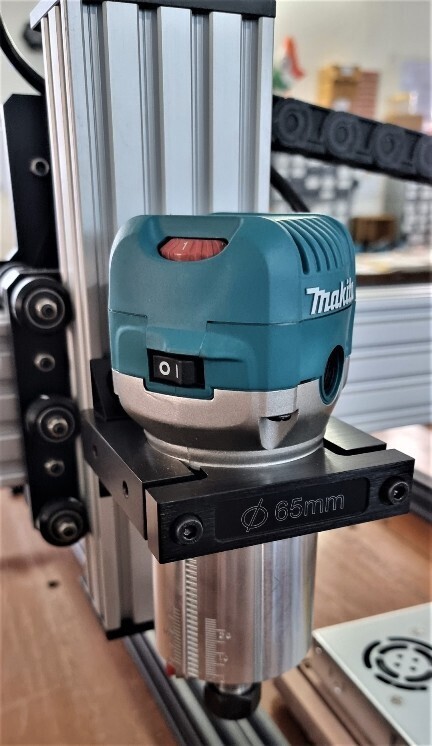
There are many ways to ensure your table saw works properly. Push sticks, maintaining the fence aligned and making sure your blade is at an appropriate depth are some of the tricks you can use with your table saw. Some tips are based in experience and will help improve your cutting results. You can find these and many more tips in this article. Practice is also important! This article will help you become a pro in cutting! No matter what kind of material, you'll be astonished at how many possibilities you have!
Push sticks
A great way to increase the safety of your work while using a table saw is to make use of push sticks. You can get store-bought ones that are made of hard plastic that can break and fragment when the blade strikes it. Buy one made of ABS plastic, or nylon that has fiber-filled. Avoid aluminum push sticks because they can throw flak back at the blade. Instead, choose one that is at minimum 1/4 inch thick.
Blade depth
A table saw blade should be measured in millimeters. However, this measurement is not mandatory. The CPSC staff examined the data and determined that this voluntary standard does not have any effect on table saw safety. These are the most important considerations when selecting a table saw. The blade depth should not exceed 4mm below the skin's surface. You should also consider other dimensions, such as length and width.

Fence alignment
You should check the alignment of the fence every so often when you use a table saw. You must align the fence within 15 to 20 percent of your blade's depth. This is why it is so important to check the alignment of your table saw's fencing frequently. For great cuts, it is important to align your table saw's fencing correctly. To do this, you can use a scrap piece of wood, feeler gauges, or a solid measuring tool. You can simply measure the distance from the fence by bringing it within a few feet of the blade. To ensure that the fence is properly aligned, you can feel along the blade’s tooth to determine the distance.
Bridle joints
Bridle joints are a versatile way to create joinery, and they are used in many different types of woodworking projects. The advantages of a bridle joint include strength, ease of machining, and a finished look. The downside of this joinery is that it is rarely used in furniture. Another example is a mortise - and-tenon joint. To make a Bridle Joint, first you need to create a mortise on one wood piece and a tension on the other. Once you've created the tenoning joint, you're ready to glue the two pieces together.
Outfeed jig
Outfeed jig table can help you increase your workspace flexibility, whether you are starting a DIY project or upgrading your existing table saw. To make an outfeed table that can be used with a larger table saw, for example, mill miter slots on the stand of your outfeed tables. You can then mount an outfeed jig to adjust the height of your tablesaw.
Blade guard
These Blade Guard table saw techniques will ensure your fingers are safe while you're cutting wood. First, consider the trajectory of your cut. To avoid kickback, do not place your hands in awkward positions. This can cause the blade's to grab the workpiece before you complete cutting it. Crosscutting allows you to keep the workpiece in place and not bind against it. Crosscutting is a technique that can be used to keep you one step ahead of your wood.

Dust collection
There are many options available for dust collection with table saws. Dust collection is important whether you are building cabinets, doing home renovations, or just cutting wood. The dust collection system you choose should fit the dust port on your tablesaw. These systems capture the majority sawdust from your work area, making it safe and clean for you to inhale. The table saw dust collection devices are made of heavy-duty fabric. They also have a sturdy zipper. The best tablesaw dust collector bags can collect up to 70% of dust produced by the machine.
FAQ
Where can I begin with woodworking
Building furniture is the best way to learn how furniture is made. You will need tools. There are bound to be mistakes. But if your persistence is consistent, you will soon master the craft.
First, choose a project you would like to complete. It can be as simple as a small box, or as complex as a complete entertainment center. Once you have settled on a specific project, it is time to find a woodworker in your area who is experienced in such work. Ask them for suggestions on the tools you will need and where to buy them. Maybe you can ask the person if they know of anyone who does this sort of work.
Can I refinish my own furniture?
Yes! There are many options for refinishing furniture that you don't need to hire a professional. Here are some ideas:
To remove stains and scratches, use sandpaper. Finally, use a clean cloth or sponge to clean the surface.
Use clear polyurethane varnish. Allow furniture to dry completely before you move it around.
Use acrylic paint to paint furniture.
Instead of painting, use stain. The furniture will have a rich look thanks to the stain.
Shellac wax is applied. The wax will add shine to the wood and protect it.
How do I choose the right tools for me?
It's important to consider your preferences and needs when buying tools. Do you prefer metal or plastic handles What size nails and screws do you usually use? Do you prefer hand tools over power tools?
Statistics
- In 2014, there were just over 237,000 jobs for all woodworkers, with other wood product manufacturing employing 23 percent; wood kitchen cabinets and countertop manufacturing employing 21 percent. (theartcareerproject.com)
- Most woodworkers agree that lumber moisture needs to be under 10% for building furniture. (woodandshop.com)
- The U.S. Bureau of Labor Statistics (BLS) estimates that the number of jobs for woodworkers will decline by 4% between 2019 and 2029. (indeed.com)
- Average lumber prices rose about 600 percent between April 2020 and May 2021. (familyhandyman.com)
External Links
How To
How do you measure wood accurately?
There are many methods for measuring wood. We use a variety of methods to measure wood.
A digital caliper can have two jaws, which open and close. One jaw holds the object being measured and the other measures the distance between them. The digital caliper can be used to measure small distances such as the thickness of wood.
Laser levels emit an infrared laser beam that projects a straight line across the floor. The laser emits a red dot along the line. The line can be viewed down to determine if the surface has an even surface. Large surfaces can be checked for accuracy with laser levels.
Bubble levels look similar to a compass. The center of the device contains a bubble. As long as the bubble remains centered, the device can tell you if the surface has been leveled. The bubble levels can be used to check the accuracy of smaller areas.